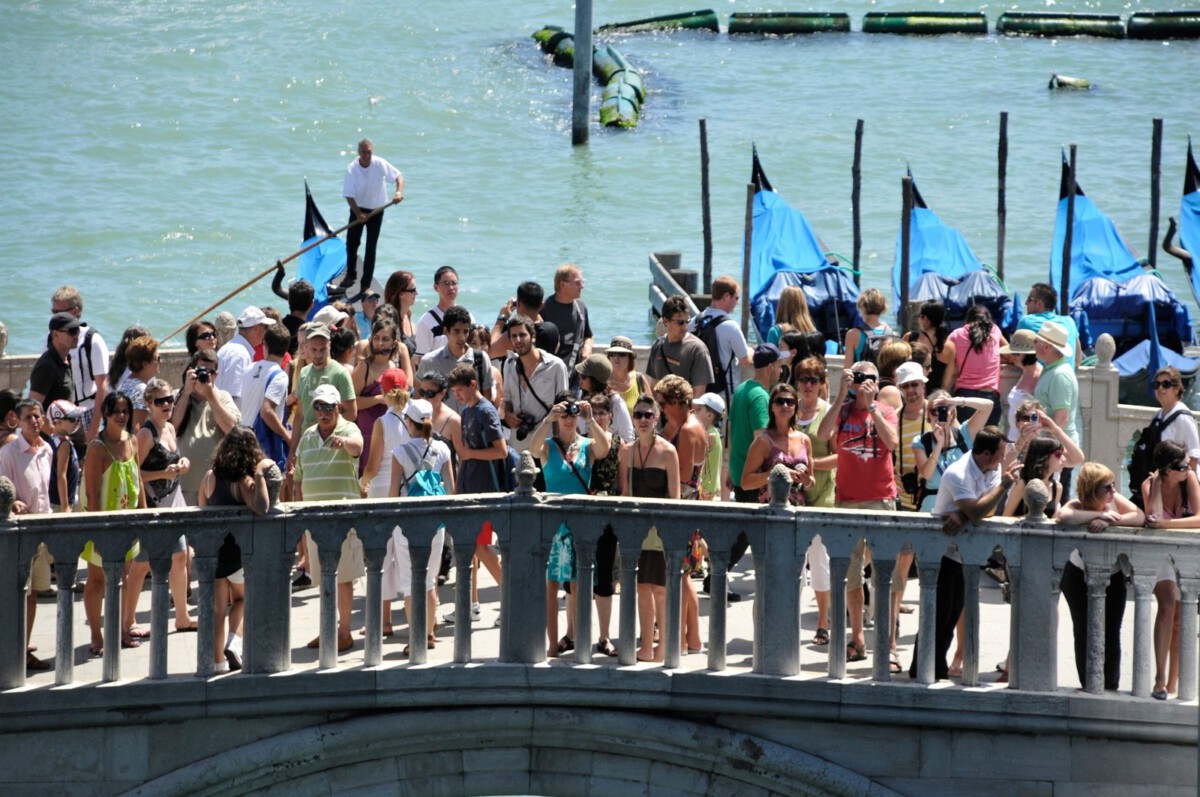Bhutan: Guarding Tranquility in the Eastern Himalayas

High in the Himalayas, Bhutan is fiercely protecting its traditions and landscapes. In 2024, the Bhutanese government took a bold step by raising its “Sustainable Development Fee” for foreigners to $200 per person, per night. This massive increase is not just about money—it’s about sending a message that Bhutan wants only mindful, respectful travelers. Reports in 2025 say that officials are now openly debating a full ban on mass tourism during peak months, giving ecosystems and local culture a chance to recover. The country’s forests cover 71% of its land (Ministry of Agriculture, Bhutan, 2024), and leaders worry that even small increases in visitor numbers could tip the balance. Bhutan’s Prime Minister, Tshering Tobgay, stated in late 2024, “We cannot allow tourism to erode our values and our precious environment.” The fear is real: the sacred Tiger’s Nest monastery saw minor damage in 2023 because of careless tourists. As Bhutan weighs its options, the world is watching to see if it becomes the first nation to completely close its doors to tourism—even if only temporarily.
Venice, Italy: Sinking Under the Weight of Visitors

Venice is drowning—not just in water, but in tourists. In 2023, the city welcomed over 20 million visitors, far outnumbering its approximately 50,000 residents. The delicate buildings and historic canals are under constant assault from foot traffic, pollution, and the vibrations of cruise ships. The municipality introduced a €10 daily entry fee for day-trippers in 2024, but the crowds kept coming. Local authorities revealed in January 2025 that they are considering a total ban on tourism during high summer and major festivals, when the city can no longer cope. The damage is visible: experts from the Italian Ministry of Culture measured a 40% increase in erosion of canal walls between 2019 and 2024. “Venice is not a theme park,” declared Mayor Luigi Brugnaro in a heated 2025 council session, advocating for a radical closure to protect what’s left. The world-famous city could soon become off-limits to all but the luckiest travelers.
Machu Picchu, Peru: Saving a Wonder from Collapse

Peru’s Machu Picchu, perched high in the Andes, is a marvel that has survived centuries. But in 2025, it’s at a tipping point. The ancient Inca site is now limited to 2,244 visitors daily, down from over 5,000 before 2023. The Peruvian Ministry of Culture, after documenting cracks and erosion in the stonework, announced in late 2024 that they are considering outright closures during the rainy season. This move would give conservationists time to repair damage caused by years of heavy foot traffic. The site’s iconic terraces, according to UNESCO reports from 2024, are showing signs of destabilization. Locals have mixed feelings—tourism brings jobs, but some say the crowds have transformed their town into a “chaotic marketplace.” The government is under pressure to act before the damage becomes irreversible, and a seasonal ban now seems more likely than ever.
Galápagos Islands, Ecuador: A Fragile Paradise Under Siege

The Galápagos Islands, famous for inspiring Darwin’s theory of evolution, are suffering from their own evolution: tourism. In 2023, over 275,000 tourists visited, a record high. The Ecuadorian government responded by capping annual visitor numbers and tightening cruise regulations. But by 2025, conservationists are pushing for a full ban during certain months to allow wildlife to recover. The Galápagos National Park reported in February 2025 that nesting sites for rare birds and turtles have shrunk by 15% since 2022. Plastic waste and invasive species are also on the rise, directly linked to tourist activities. “We cannot afford to lose this unique laboratory of life,” said park director Danny Rueda in a televised interview. If trends continue, the islands could be closed to outsiders for months at a time, giving the archipelago a fighting chance at survival.
Iceland: Cold Beauty, Hotspot for Environmental Fears

Iceland’s volcanoes and waterfalls have captivated travelers for years, but the country is struggling to keep up. The population of 370,000 is dwarfed by the 2 million tourists who arrived in 2024. The Icelandic Environment Agency warned in early 2025 that the famous Fjaðrárgljúfur canyon and other landmarks have suffered “irreversible damage” from off-path hikers and litter. In response, parliament is debating a law that could see whole regions closed to the public during summer. The Blue Lagoon, for example, temporarily shut down in December 2024 after water quality issues linked to tourist pollution. Locals, too, are fed up: 62% of Icelanders polled in January 2025 support the idea of restricting tourism entirely for several months a year. If passed, these bans would mark a dramatic shift in Iceland’s relationship with the outside world.
Bali, Indonesia: Paradise at a Breaking Point

Bali’s beaches and temples have drawn millions, but the island is now buckling under the pressure. In 2023, tourist arrivals reached 6.2 million, putting enormous strain on Bali’s water supply and waste systems. By 2025, local authorities are openly discussing a total ban during peak months. The Bali Tourism Board cited a 30% increase in illegal dumping near popular beaches between 2022 and 2024. Water shortages have led to rationing in several villages, and the Balinese governor, Wayan Koster, warned in March 2025 that “we risk ruining the very thing people come here to see.” The government is exploring a mix of tourist caps and outright closures, hoping to give the island time to recover. The debate is fierce, with environmentalists and business owners clashing over the island’s future.
Thailand: Islands at Risk, Restrictions Looming

Thailand’s tropical islands are legendary, but overcrowding is threatening their survival. In 2024, Maya Bay—made famous by the movie “The Beach”—was closed to tourists for six months to allow coral reefs to recover. Now, the Thai government is considering similar bans for Koh Phi Phi and other hotspots, following a 20% decline in marine biodiversity measured by the Department of Marine and Coastal Resources in 2025. New laws introduced in February 2025 propose rotating closures of popular beaches to prevent long-term damage. Local fishermen report shrinking fish populations, blaming noisy speedboats and careless snorkeling tours. The Tourism Authority of Thailand is under pressure to find solutions before the islands become victims of their own popularity.
Santorini, Greece: Whitewashed Walls, Red Flags

Santorini’s blue-domed churches and dramatic cliffs are Instagram icons, but the island is choking on its own fame. In 2023, the number of cruise ship arrivals hit 800,000, overwhelming the island’s infrastructure of just 15,000 residents. Local officials announced in 2024 that they are considering a ban on tourist visits during July and August, the busiest months. Studies by the Greek Ministry of Tourism revealed a 25% increase in sewage overflows and water shortages in 2024. The mayor of Santorini, Antonis Sigalas, warned in a 2025 interview that “if we don’t act, we will lose the Santorini we know.” The possibility of seasonal closures has sparked heated debate, with some residents demanding even stricter measures.
Yellowstone National Park, USA: A Natural Wonder Under Pressure

Yellowstone, America’s oldest national park, is facing unprecedented challenges. Visitor numbers topped 4 million in 2024, putting enormous strain on wildlife and trails. The National Park Service reported a 15% rise in illegal camping and off-road driving incidents between 2023 and 2024, causing habitat destruction for bears and bison. In response, rangers announced in January 2025 that they are considering closing some of the most visited areas—like Old Faithful and Mammoth Hot Springs—for restoration during peak months. The debate has become national news, with conservationists warning that “Yellowstone is at a breaking point.” Locals who rely on tourism are worried, but park officials insist that these drastic steps may be the only way to save the park’s fragile ecosystems for future generations.
The Great Barrier Reef, Australia: Battling for Survival

The Great Barrier Reef is fighting a losing battle against climate change and tourist overload. In 2023, over 1.5 million visitors flocked to the reef, many unaware of the damage caused by sunscreen, anchors, and careless snorkeling. The Australian government responded by closing several key sites to tourists in 2024, hoping to protect coral from further bleaching. Marine scientists reported in March 2025 that some coral areas have only 20% of their original live cover left. The federal environment minister, Tanya Plibersek, has proposed a full ban on tourist access to the most sensitive zones during spawning season. Tour operators are divided, with some supporting the closures as necessary and others warning of lost livelihoods. The reef’s fate hangs in the balance as authorities weigh what could be the world’s largest tourism ban.






